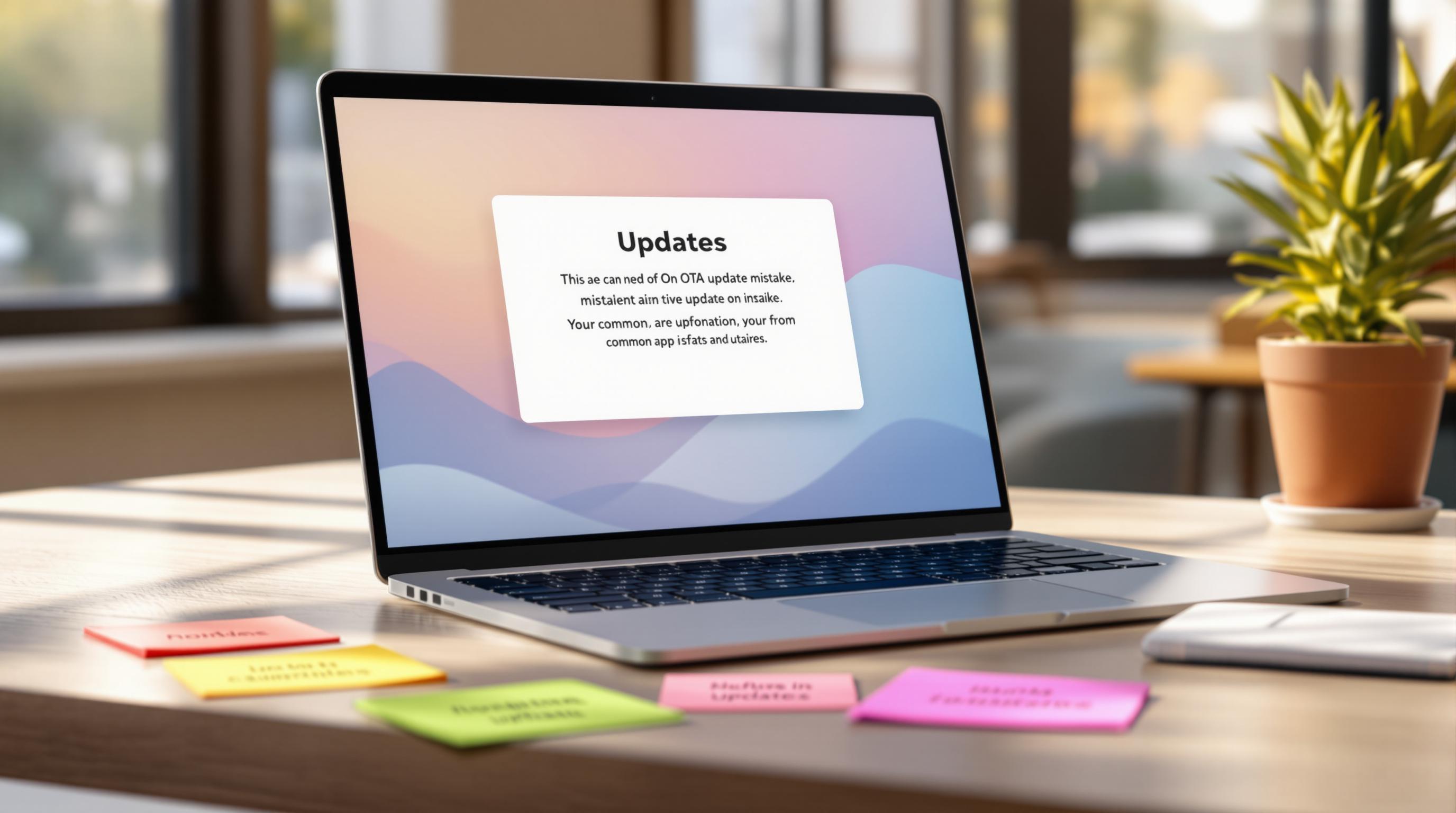이 튜토리얼에서는 Capacitor를 사용하여 Vue 웹 애플리케이션을 네이티브 모바일 앱으로 변환하는 과정을 안내합니다. 선택적으로 Tailwind CSS 기반 모바일 UI 라이브러리인 Konsta UI를 사용하여 모바일 UI를 향상시킬 수 있습니다.
Capacitor 소개
Capacitor는 모든 웹 프로젝트에 쉽게 통합하여 애플리케이션을 네이티브 모바일 앱으로 변환할 수 있게 해주는 혁신적인 도구입니다. Xcode와 Android Studio 프로젝트를 자동으로 생성하고 JavaScript 브리지를 통해 카메라와 같은 네이티브 기기 기능에 접근할 수 있게 해줍니다.
Vue 앱 준비하기
먼저, 다음 명령어를 실행하여 새로운 Vue 앱을 생성합니다:
vue create my-appcd my-appnpm installVue 앱을 네이티브 모바일 배포를 위해 준비하려면 프로젝트를 내보내야 합니다. package.json 파일에 Vue 프로젝트를 빌드하고 복사하는 스크립트를 추가하세요:
{ "scripts": { // ... "build": "vue-cli-service build" }}build 명령어를 실행한 후, 프로젝트 루트 디렉토리에 새로운 dist 폴더가 생성됩니다. 이 폴더는 나중에 Capacitor에서 사용됩니다.
Vue 앱에 Capacitor 추가하기
Vue 웹 앱을 네이티브 모바일 컨테이너로 변환하려면 다음 단계를 따르세요:
-
Capacitor CLI를 개발 의존성으로 설치하고 프로젝트에 설정합니다. 설정 중 이름과 번들 ID에 대해 기본값을 수락하세요.
-
코어 패키지와 iOS 및 Android 플랫폼을 위한 관련 패키지를 설치하세요.
-
플랫폼을 추가하면 Capacitor가 프로젝트 루트에 각 플랫폼용 폴더를 생성합니다:
# Install the Capacitor CLI locallynpm install -D @capacitor/cli
# Initialize Capacitor in your Vue projectnpx cap init
# Install the required packagesnpm install @capacitor/core @capacitor/ios @capacitor/android
# Add the native platformsnpx cap add iosnpx cap add android이제 Vue 프로젝트에 새로운 iOS와 android 폴더가 생성됩니다.
capacitor.config.json 파일을 업데이트하여 webDir이 빌드 명령어의 결과를 가리키도록 설정하세요:
{ "appId": "com.example.app", "appName": "my-app", "webDir": "dist"}이제 Vue 프로젝트를 빌드하고 Capacitor와 동기화할 수 있습니다:
npm run buildnpx cap sync네이티브 앱 빌드 및 배포
iOS 앱 개발을 위해서는 Xcode가, Android 앱 개발을 위해서는 Android Studio가 필요합니다. 또한 앱 스토어에 앱을 배포하려면 Apple Developer Program과 Google Play Console에 등록해야 합니다.
Capacitor CLI를 사용하여 두 네이티브 프로젝트를 엽니다:
npx cap open iosnpx cap open androidAndroid Studio 또는 Xcode를 사용하여 연결된 기기에 앱을 배포하세요.
Capacitor 실시간 리로드
모바일 기기에서 Capacitor 앱이 네트워크의 특정 URL에서 콘텐츠를 로드하도록 하여 실시간 리로드를 활성화하세요.
로컬 IP 주소를 찾아 capacitor.config.ts 파일을 올바른 IP와 포트로 업데이트하세요:
import { CapacitorConfig } from '@capacitor/cli';
const config: CapacitorConfig = { appId: 'com.example.app', appName: 'my-app', webDir: 'dist', bundledWebRuntime: false, server: { url: 'http://192.168.x.xx:8080', cleartext: true }};
export default config;이러한 변경사항을 네이티브 프로젝트에 적용하세요:
npx cap copy이제 Vue 앱을 업데이트하면 앱이 자동으로 리로드되어 변경사항이 표시됩니다.
Capacitor 플러그인 사용하기
Share 플러그인과 같은 Capacitor 플러그인을 설치하고 Vue 앱에서 사용하세요:
npm i @capacitor/share패키지를 임포트하고 앱에서 share() 함수를 호출하세요:
<template> <div> <h1>Welcome to Vue and Capacitor!</h1> <button @click="share">Share now!</button> </div></template>
<script setup lang="ts">import { Share } from '@capacitor/share';
async function share() { await Share.share({ title: 'Open Youtube', text: 'Check new video on youtube', url: 'https://www.youtube.com', dialogTitle: 'Share with friends' });}</script>새로운 플러그인을 설치한 후, sync 명령어를 실행하고 앱을 기기에 재배포하세요:
npx cap syncKonsta UI 추가하기
Vue 앱에서 Konsta UI를 사용하려면 tailwind가 이미 설치되어 있어야 하며 패키지를 설치해야 합니다:
Vue 앱에서 Konsta UI를 사용하려면 패키지를 설치하고 tailwind.config.js 파일을 수정하세요:
npm i konstapages/_app.vue 파일에서 앱을 App 컴포넌트로 감싸고, Vue 페이지에서 Konsta UI Vue 컴포넌트를 사용하세요.
결론
Capacitor는 기존 웹 프로젝트를 기반으로 네이티브 애플리케이션을 구축하는데 탁월한 선택입니다. Capgo를 추가하면 앱에 실시간 업데이트를 더욱 쉽게 추가할 수 있어, 사용자가 항상 최신 기능과 버그 수정에 접근할 수 있습니다.
Capgo가 더 나은 앱을 더 빠르게 구축하는 데 어떻게 도움이 되는지 알아보려면, 오늘 무료 계정에 가입하세요.




